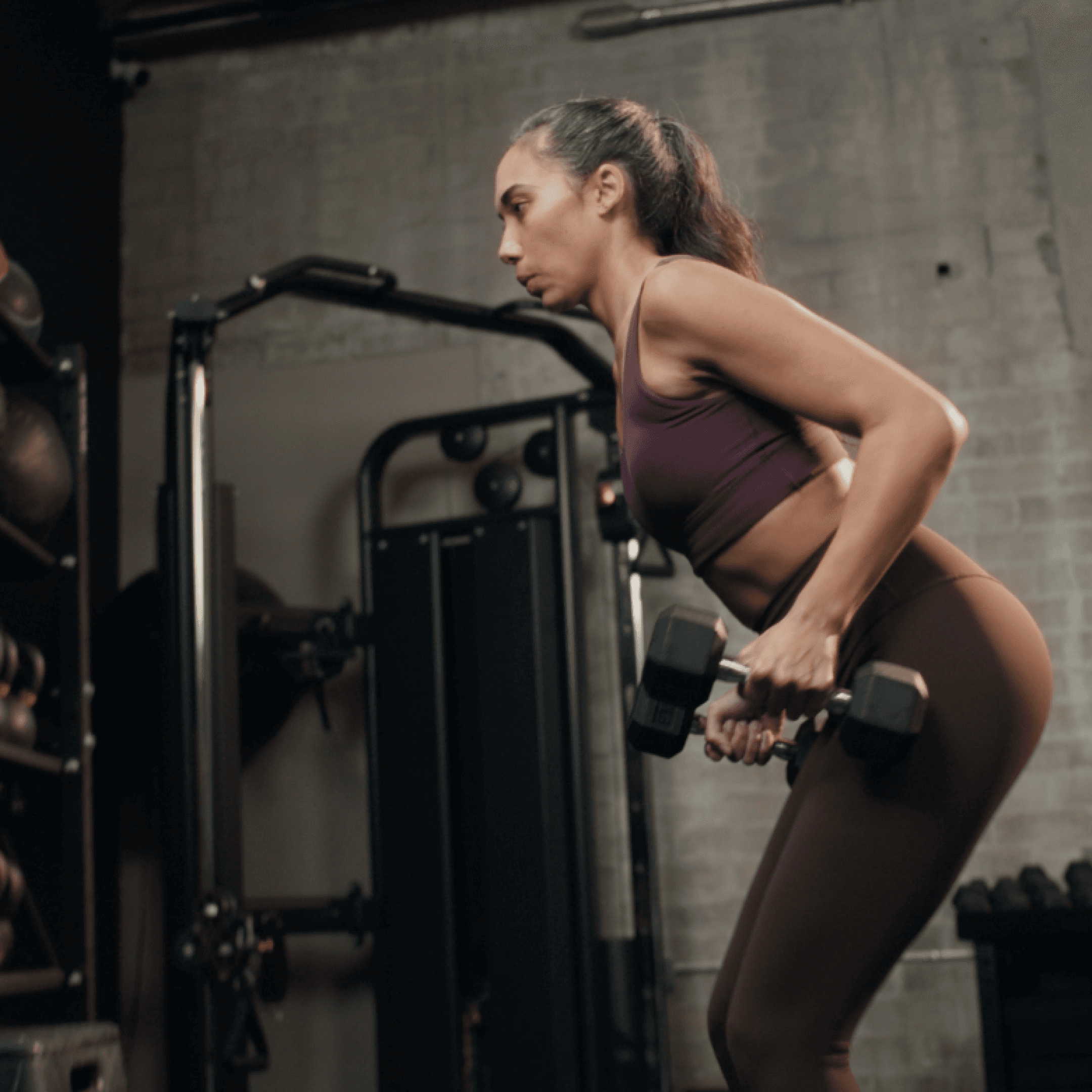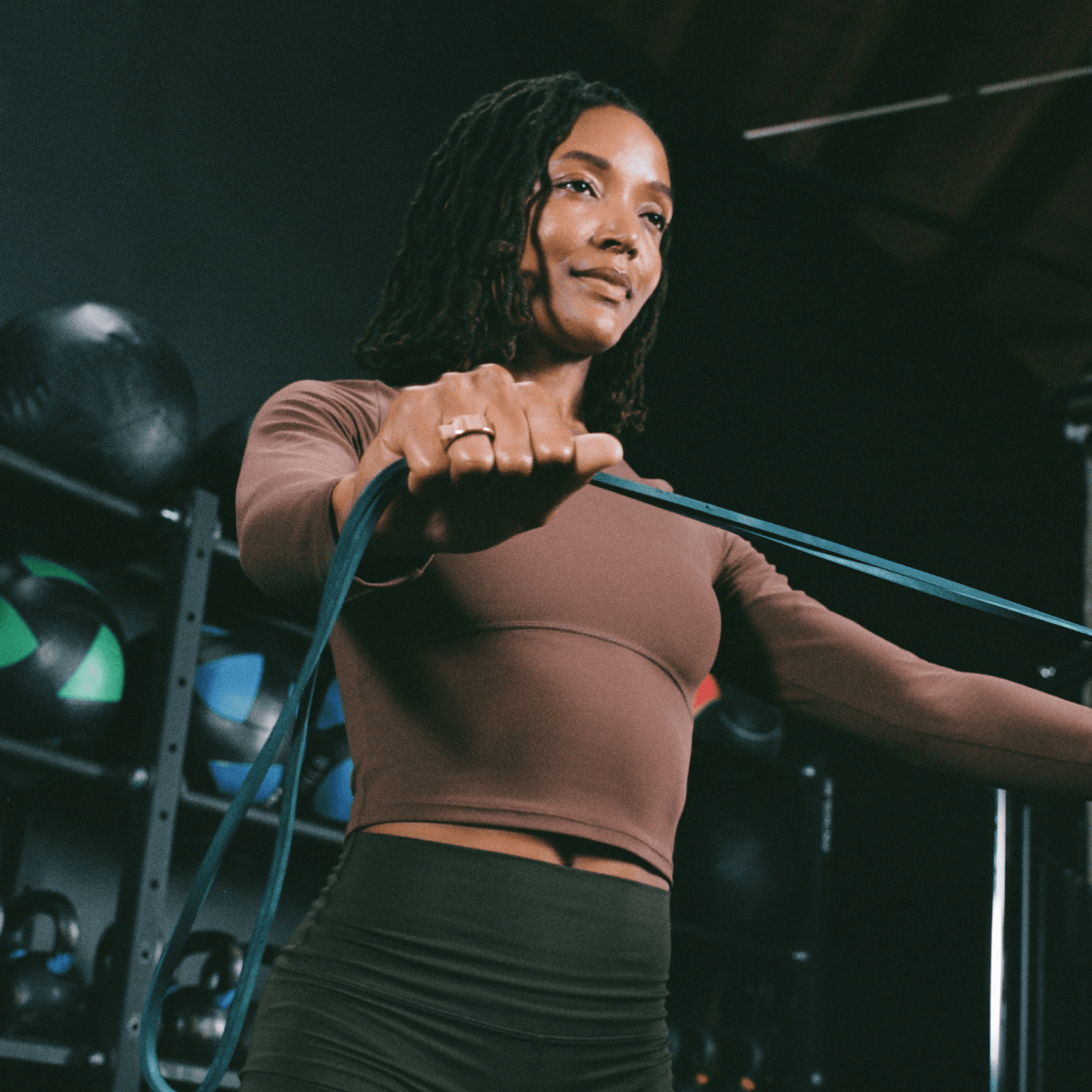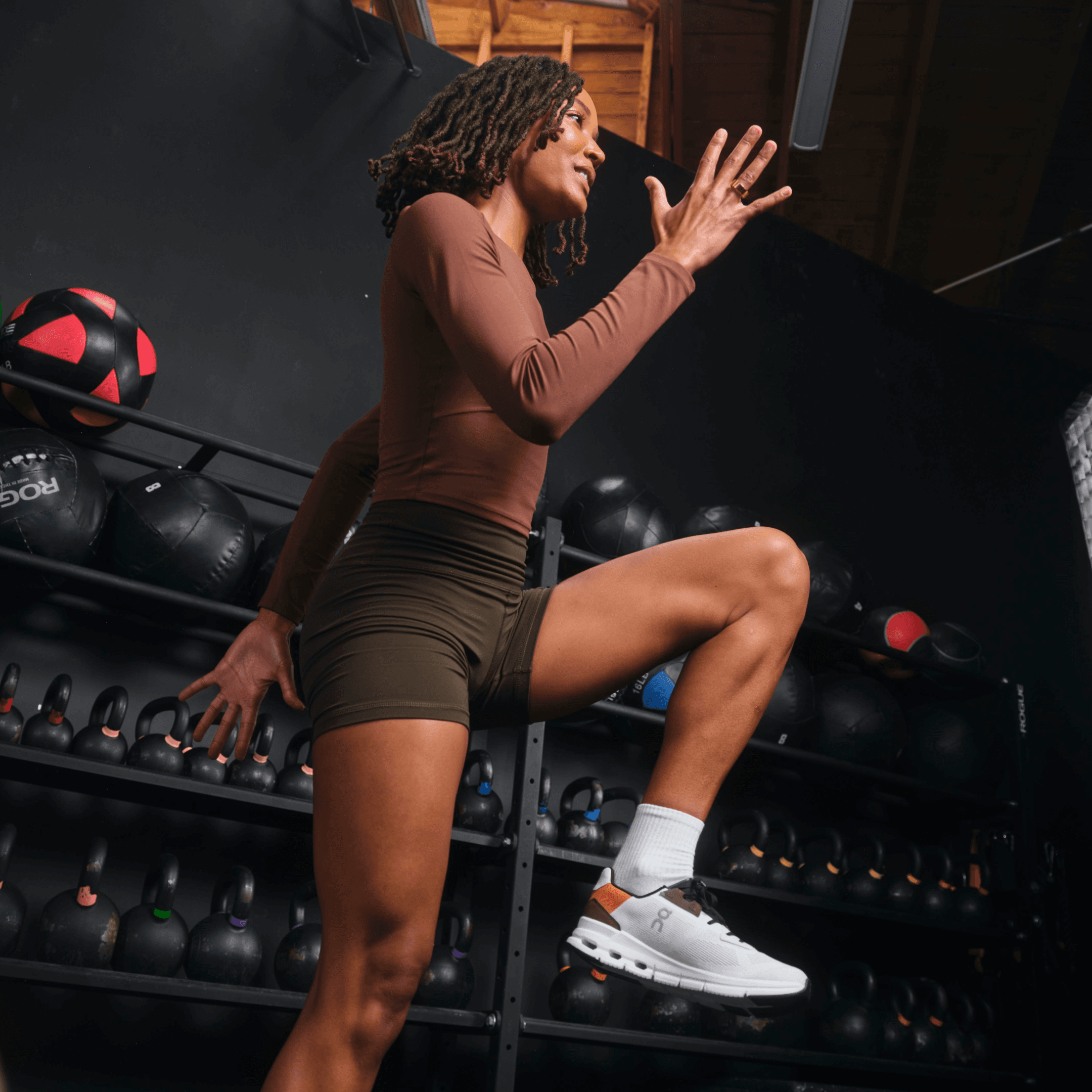How to Choose Your Weights and Bands
Written By
Adam Gray-Hayward
Reviewed By
Paul Winsper, Chief Science and Performance Officer, AlterMe

Related posts

Muscle vs Fat – What the Scale Doesn’t Tell You
“Muscle weighs more than fat” is one of the most common fitness myths around. This blog explains the truth about density, scale weight, and why your body can change dramatically—even when the number doesn’t. Learn how to shift your focus from weight loss to full-body strength and progress.

Your First DNA-Powered Workout with AlterMe and How to Make It Count
Your first AlterMe workout is more than movement—it’s a personalized training session shaped by your DNA and daily biometrics. Learn where to find your workout, what gear to use, and how to train smarter from day one.

Train Movements, Not Muscles: Why Movement-Based Training Works
Discover how movement-based training develops functional strength, improves mobility, and supports long-term resilience—so you can train smarter and feel better in everything you do.